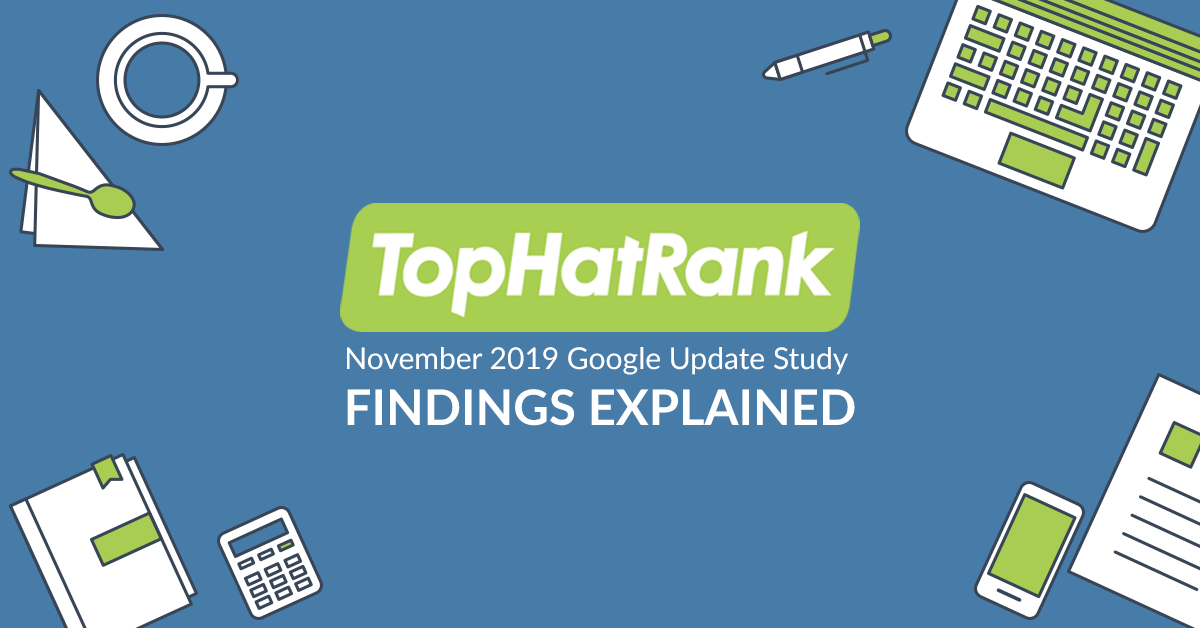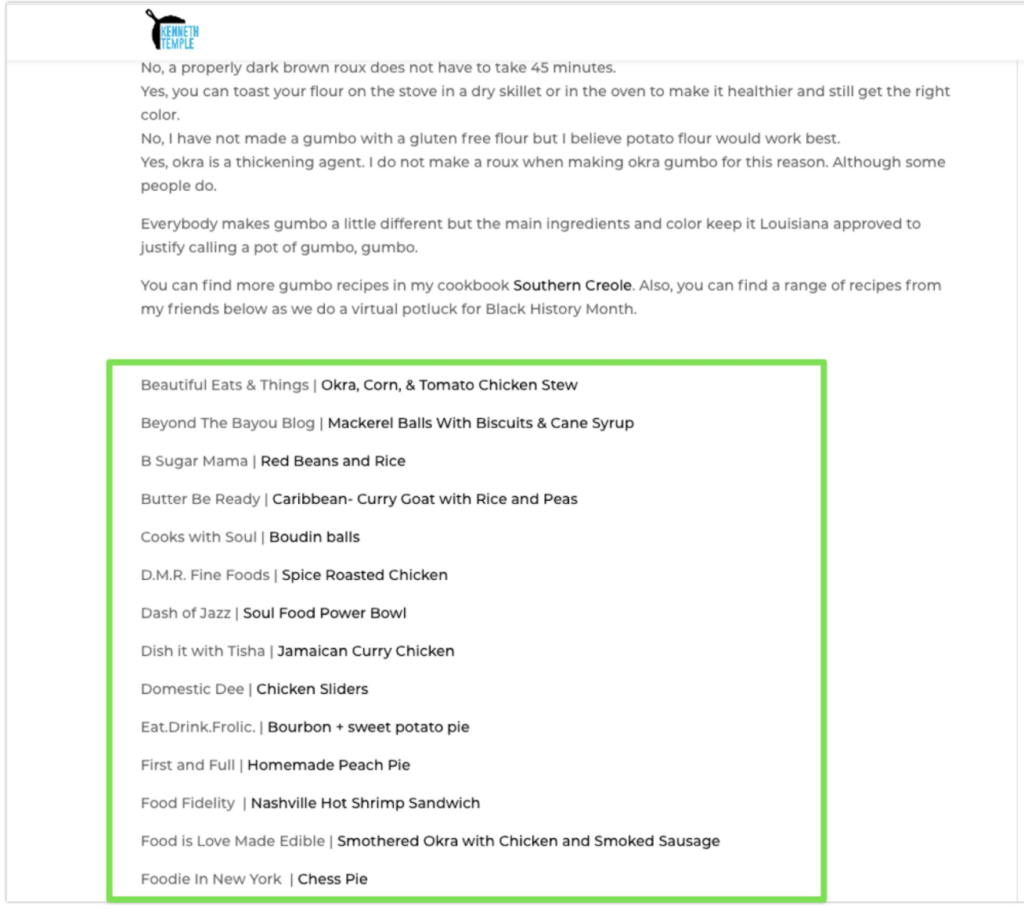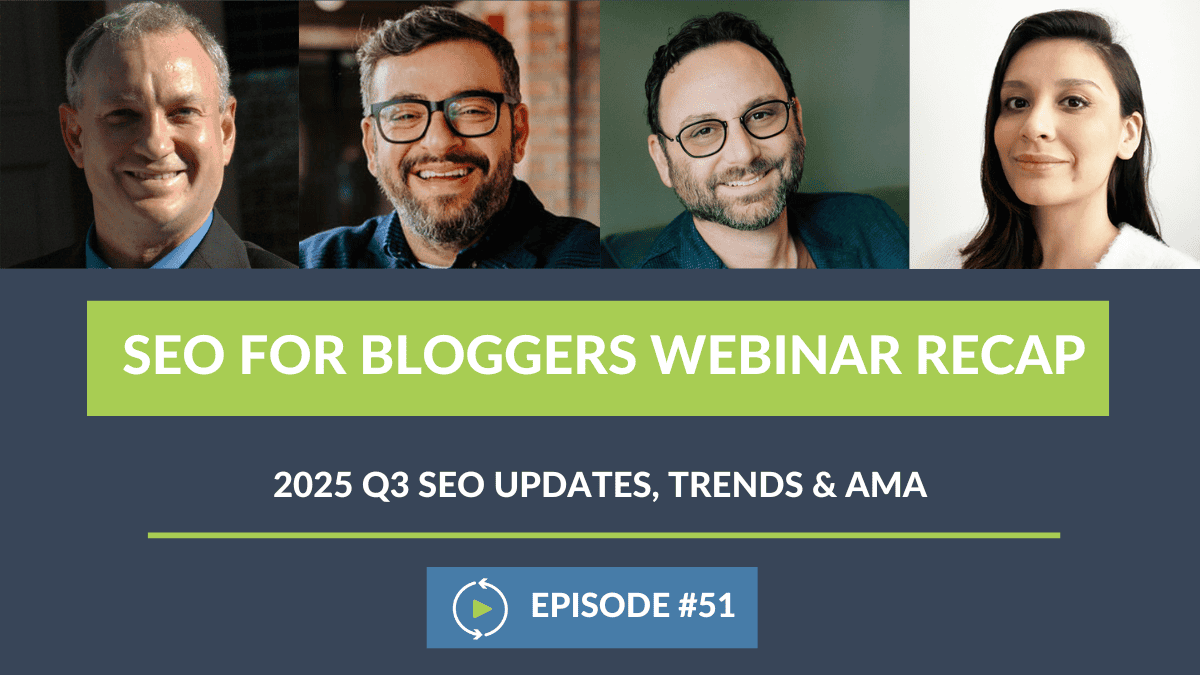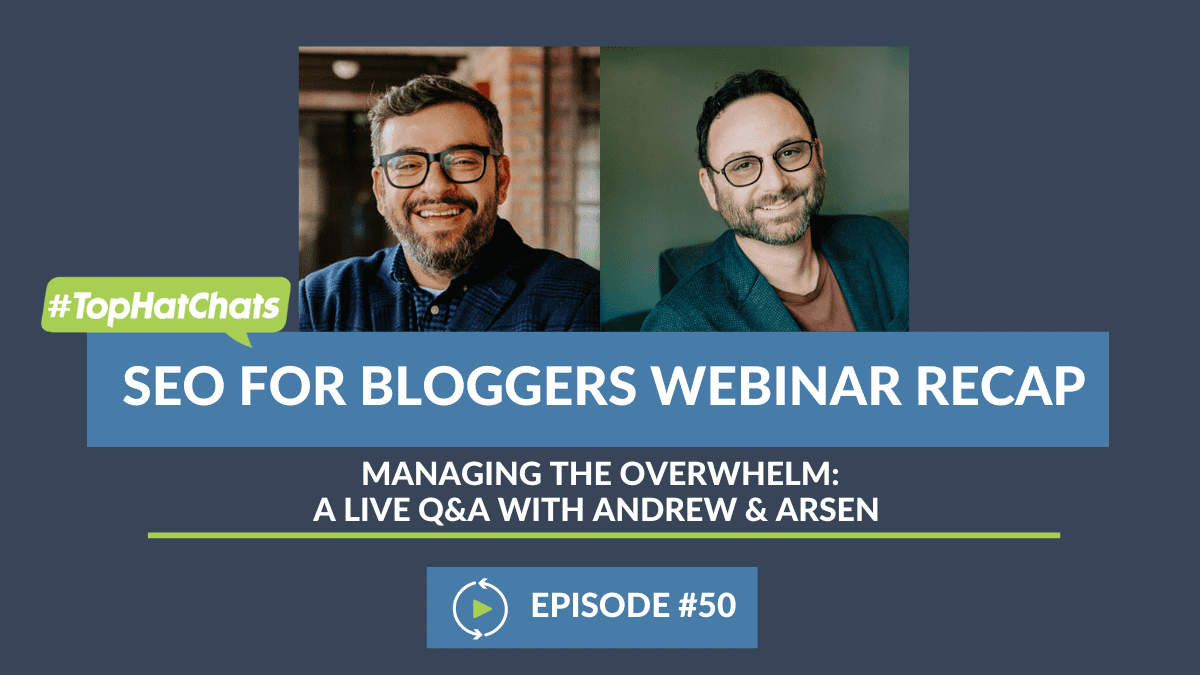Review Your Backlinks, Frequently

As a blogger, you likely don’t have a lot of resources, a full content team, or expensive SEO software watching out for your website.
Links have long been regarded as a vote of confidence between websites. An internal link between two of your own pages on your site is a signal to your users that one page positively recommends also reading the content on the other page.
Backlinks are external links that your site can receive from any domain on the web. This is ideal when an external link from a reputable domain points to a page on your site: that’s basically a positive vote about your site’s authority. It’s not ideal when the link originates from a domain that is not very “kosher”. And by kosher, we mean from sites that are not relevant, have malware, adult sites, gambling sites, hacked websites.
If you were affected by a Google update and have reviewed and checked all the other boxes (on-site), then it’s time to look at your backlinks and see if anything in there needs to be cleaned up and/or disavowed.
To illustrate this concept, let’s say you’re seeking wedding planning advice. You have three close friends that you decided to speak with about it. But, since two of your friends are not married, it’s unlikely you’ll value the advice from the unmarried friend higher than that of your married friend.
Much like you wouldn’t take wedding planning advice from your unmarried friends, a website is negatively impacted by an unnatural backlink profile whose numerous links appear spammy and pass link authority from outside domains that are unrelated to the core topic of another domain.
Backlink patterns observed in the food blogger study
From our study of the effects of Google’s November Update on publisher’s websites: “Our research proves that the majority of blogs have some unique do-follow links from unsecured blogspot.com pages. They are featured in the sidebars of small, poorly optimized blogs, not always recipe-focused.”
This observation hints that sites with low quality and suspicious backlinks were impacted by after the November 2019 update.
Furthermore, as a blog owner, you don’t have to be subjected to low-quality domains linking back to your blog. You can proactively flag which links you don’t want to count as a vote of confidence towards your domain.
“The Disavow Tool was created to help webmasters that believe their rankings were harmed by spammy, low-quality or unnatural links. It allows them to list backlinks that they don’t want to be taken into account when Google assesses their sites.”
We DO NOT recommend that you do this on your own (unless you know exactly what you are doing), the disavow tool should only be used in certain situations. You can and will harm your website if you disavow links that are actually helping you rank.
To make matters worse for the affected domains in our study, most of the analyzed sites were receiving links from pages on other blogs that contained very little content.
SEO 101: this is not a good experience for users or GoogleBot.
While only two domains admitted to engaging in link-building practices, when bloggers link out to a long list of other bloggers, it can appear spammy in nature. Here’s an example from the study:

It may seem harmless, but according to a tool used by SEO experts, this type of page actually triggers a flag in the Backlinks section of the tool. Even though all of the links work properly, it has more to do with the number of links on the page. Pages with lots of links are at risk for being flagged by the Penguin update.
If you really want an education on why this is something to steer clear of doing on your blog, read up on Google’s algo update dubbed Penguin, released in April 2012. It was designed to flag sites whose pages very link heavy. https://en.wikipedia.org/wiki/Google_Penguin
Closing thoughts: stay vigilant about your site’s backlinks
As a best practice, it’s a good idea to get in the habit of checking your website’s backlink profile in Google Search Console, to make sure your domain hasn’t acquired any new spammy backlinks.
Stay on top of this practice every 3-4 months and it’s unlikely your domain will suffer an unnecessary drop in rankings when the next update rolls through.



